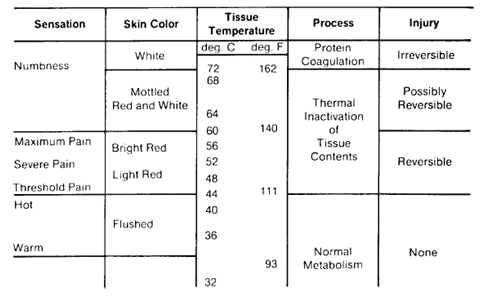krfish
New Member
- Joined
- Apr 21, 2022
- Messages
- 46
Hi,
I have helped a friend build a really big battery setup for his RV. Here is the basics:
* 1800 Amps of 12 battery
* Victron Shunt
* Victron victron multiplus split phase
The question: when charging on city power, the inverter pushes almost 120 amps. The bus bar that is connected to the shunt gets to about 140 Fahrenheit after a few hours. We were cycling the battery for some testing, took quite a while to charge all the way back up (1800 amps - lol)
In any case, the bus bar never exceeds that temp and it take quite a while to get there. Seems normal, but I thought I would check with the community
Thanks!
I have helped a friend build a really big battery setup for his RV. Here is the basics:
* 1800 Amps of 12 battery
* Victron Shunt
* Victron victron multiplus split phase
The question: when charging on city power, the inverter pushes almost 120 amps. The bus bar that is connected to the shunt gets to about 140 Fahrenheit after a few hours. We were cycling the battery for some testing, took quite a while to charge all the way back up (1800 amps - lol)
In any case, the bus bar never exceeds that temp and it take quite a while to get there. Seems normal, but I thought I would check with the community
Thanks!




